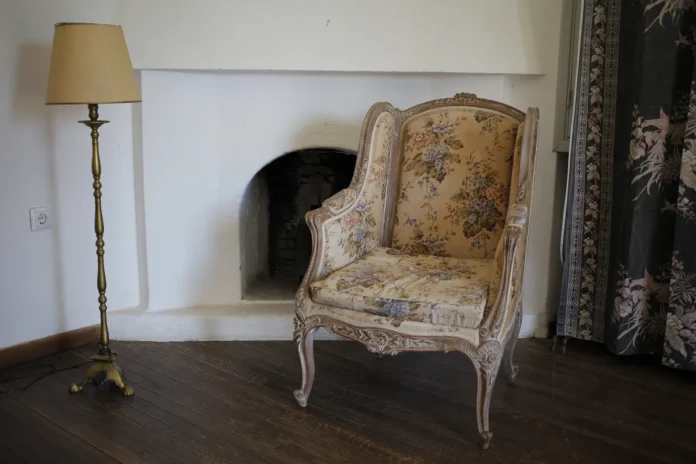Bone inlay furniture weaves a captivating tale of heritage, craftsmanship, and timeless elegance. These exquisite pieces, adorned with delicate patterns and intricate designs, elevate any space they grace. Let’s delve into the enchanting world of bone inlay side stands and explore their significance as decorative essentials.
Origins and Rich Heritage
The roots of Indian inlay furniture can be traced back to the ancient city of Agra, which flourished during the Mughal Empire. The Mughals, renowned for their love of luxury and art, introduced and nurtured the art of inlay, also known as pietra dura, in India. Highly skilled artisans meticulously crafted stunning inlay work using an array of materials, including precious and semi-precious stones like agate, lapis lazuli, malachite, and jasper.
Emperor Shah Jahan, during his reign, commissioned the iconic Taj Mahal in Agra. This architectural marvel exemplifies the epitome of Indian inlay craftsmanship. Its delicate floral motifs and intricate geometric patterns, created through the art of pietra dura, continue to inspire inlay craftsmen worldwide.
Regional Styles and Techniques
As time unfolded, the craft of inlay spread to other regions of India, each infusing its unique style and techniques:
- Kashmir: The northern region became renowned for intricately carved walnut wood furniture, adorned with delicate floral and vine motifs inlaid with brass or bone.
- Rajasthan: Known for opulence and vibrancy, Rajasthan embraced inlay work on furniture using materials like camel bone, mother-of-pearl, and colored stones.
- Mysore: In the southern region, particularly the city of Mysore, artisans showcased their expertise in sandalwood carving with inlay work using ivory, silver, and colored woods.
Materials and Techniques:
- Bone inlay furniture isn’t limited to just cabinets and side stands. It extends to boxes, mirrors, and other decorative pieces.
- Discover the artistry behind inlay wood boxes and their intricate designs. These small yet captivating pieces add charm to any space.
- Learn more about the craft of bone inlay boxes and their significance in this comprehensive guide: Bone Inlay Guide.
Contemporary Adaptations:
- Modern designers infuse traditional techniques with contemporary aesthetics. The result? Stunning bone inlay coffee tables, chests, and consoles that seamlessly blend heritage and modernity.
- Dive into the evolution of Indian inlay furniture and its influence on current design trends: A Journey Through Time: The Evolution of Indian Inlay Furniture.
Contemporary Revival
In modern times, Indian inlay furniture has witnessed a revival. Artisans and designers blend traditional techniques with contemporary designs. The intricate inlay work, whether on coffee tables, chests, or mirrors, continues to captivate with mesmerizing patterns and delicate craftsmanship.
Care and Display
When incorporating bone inlay side stand into your decor, consider the following tips:
- Placement: Position them strategically to highlight their intricate designs. A bone inlay bedside table, for instance, can display your items while serving as an attractive focal point.
- Maintenance: Dust them gently and avoid harsh cleaning agents. Their durability and longevity are inherent, making them timeless additions to your home.
Conclusion
Indian inlay furniture is a testament to the country’s rich cultural heritage and artistic legacy. From the grandeur of the Mughal era to the diversity of regional styles, these masterpieces continue to adorn homes and spaces around the world. So, embrace the artistry of bone inlay side stands and let them weave their magic in your living spaces. Remember, bone inlay furniture isn’t just about functionality; it’s an art form that tells stories of craftsmanship, culture, and timeless beauty. So, as you explore these pieces, let their intricate patterns and rich heritage inspire your decor choices.



